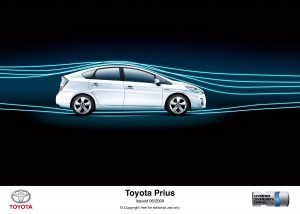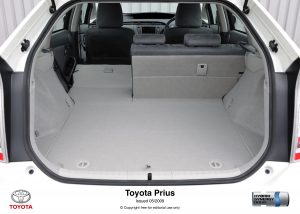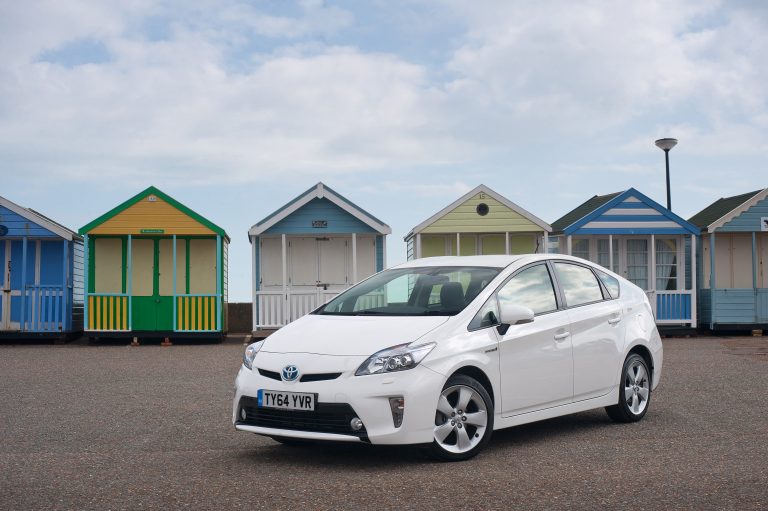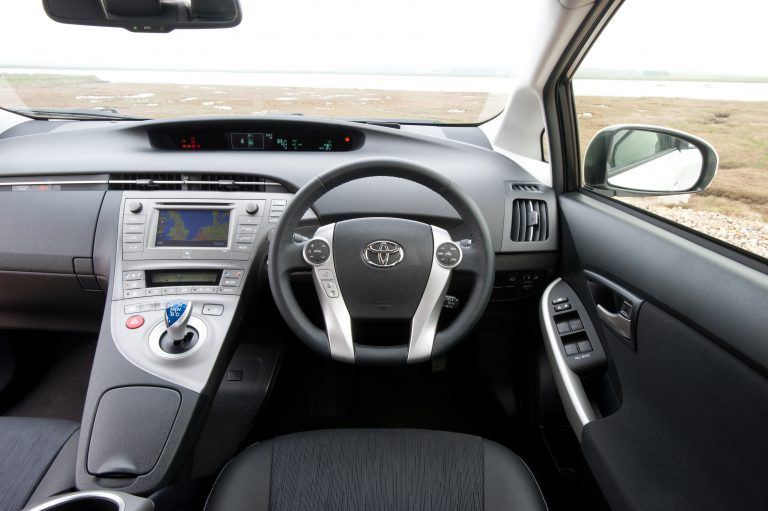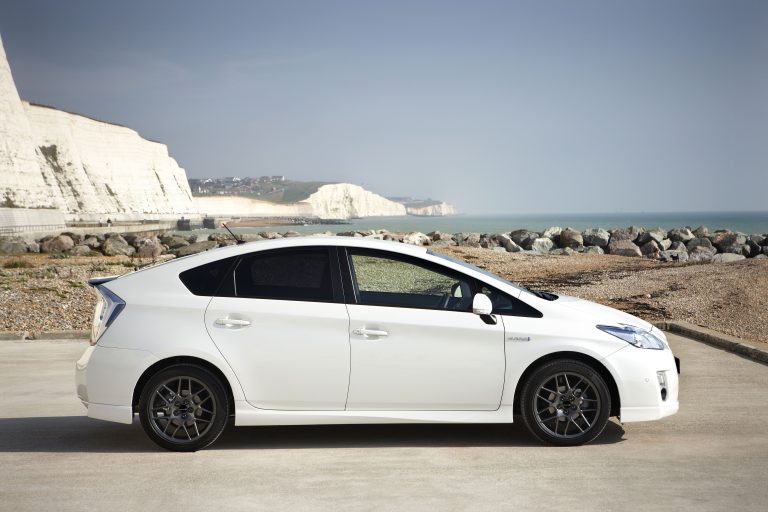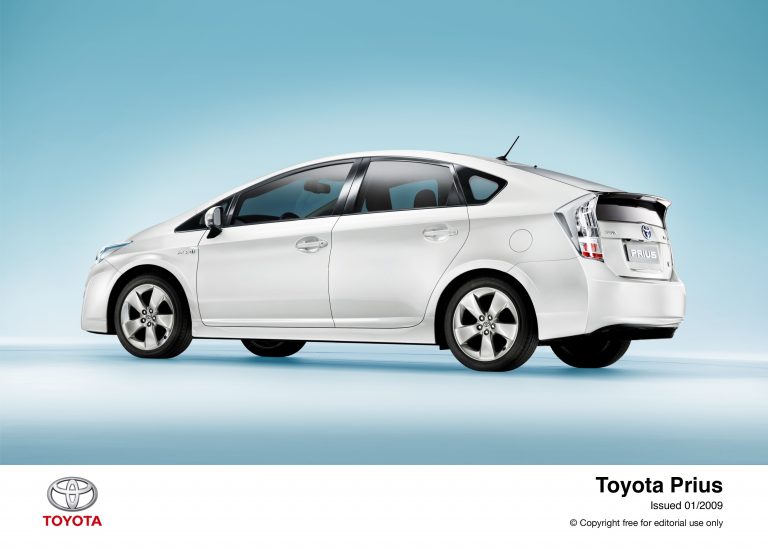New Prius: Efficient Design
Lowest drag coefficient for a production hatchback, more spacious interior for third generation of Toyota’s hybrid car
Inside and out, the design of the new Toyota Prius plays a key role in its ultra-efficient performance and its all-round practicality as a family car. “Minimum outside, maximum inside” was Toyota’s guiding principle.
At first glance, the exterior styling is recognisable as a development of the sweeping monoform shape of the second generation model. But Toyota has gone further in refining the detail of the car’s shape to render it even more aerodynamic: the Cd measurement (drag coefficient) is just 0.25, the lowest achieved by any hatchback, This is lower even than the Cd 0.26 achieved by the current Prius. Coupled with the car’s lightweight aluminium and high tensile steel construction, this has a significant, positive impact on fuel economy and stability.
The overall design is heavily influenced by Toyota’s ECO-ICON concept. Key measures introduced on new Prius include a smaller opening in the upper front grille, to maintain a smooth airflow over the body, and a larger lower grille to cut airflow resistance and provide cooling efficiency. Flat, vertical surfaces to the front and rear bumper corners help reduce turbulence in the wheelarches.
Detail elements include the aerodynamically efficient design of the door handles and door mirrors, minimal panel gaps, smooth profiles for the doors and window seals and the shape of the rear LED light clusters.
Equal attention has been paid to the underneath of the car, with covers and spats strategically placed to maintain the smoothest possible airflow.
New Prius is almost unchanged in its overall proportions; a modest increase in overall length accounted for entirely by the front overhang. The wheelbase remains 2,600mm – the same as on new Avensis – but clever interior packaging means there is more space in the cabin. The new dashboard design adds an extra 10mm to the cabin length, and new, slimmer front seatbacks help deliver an extra 20mm of legroom for rear seat passengers. A flat rear floor adds to the comfort factor.
At 1,490mm, Prius is the same height as before, but the highest point of the roof has been moved 100mm further back, which means more rear seat headroom.
Generous, practical boot space is an important factor for family motorists and here Prius does not disappoint. Helped by the more compact battery unit beneath the floor, the space available extends from 445 to 1,120 litres with the 60:40 split rear seats folded down. This gives a flat loadspace floor and room for three golf bags.
New Prius is on sale from 1 August, priced from £18,370 on the road.
Keep up-to-date with the latest new Prius, news, views, images, videos and more on Today/Tomorrow, the official Toyota blog, at mag.toyota.co.uk
ENDS

